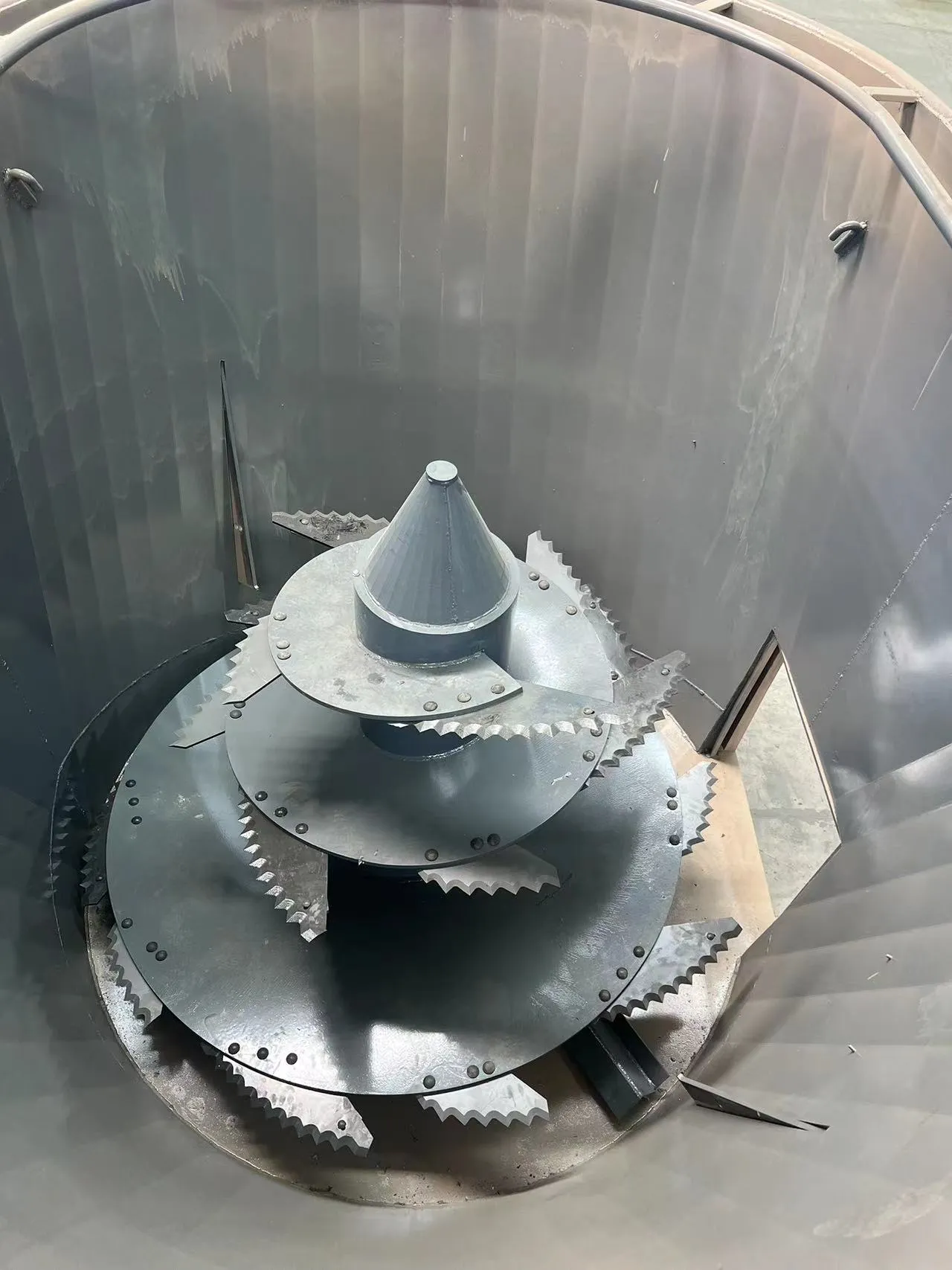manure spreader
The Role of Manure Spreaders in Modern Agriculture
In modern agriculture, managing livestock waste efficiently and sustainably is crucial for environmental health and productivity. Manure spreaders have become essential tools for farmers who want to enhance soil quality while minimizing the ecological footprint of their operations. These machines are specifically designed to distribute manure over agricultural land, ensuring that nutrients are evenly spread and available for crop uptake.
Manure, whether from cattle, poultry, or other livestock, is a rich source of organic matter and essential nutrients like nitrogen, phosphorus, and potassium. When utilized correctly, manure not only enriches the soil but also improves its structure, increases water retention, and promotes healthy microbial activity. However, applying manure without the right equipment can lead to over-application, uneven distribution, and nutrient runoff, all of which can harm crops and the wider environment.
This is where manure spreaders come into play. Available in various designs, from simple box spreaders to complex injection systems, these machines help farmers apply manure efficiently. For example, vertical beaters and horizontal spreaders use different methods to chop and fling the manure, allowing for even distribution over fields. Meanwhile, newer technologies like drag-line systems and subsurface injectors place manure directly into the soil, reducing odors and minimizing nutrient loss to the atmosphere.
manure spreader

One of the significant advantages of using a manure spreader is its ability to save time and labor. Manual application methods are labor-intensive and not always effective, leading to inconsistent nutrient levels across fields. Manure spreaders, on the other hand, can cover large areas quickly and efficiently, allowing farmers to focus on other critical aspects of their operations. This increased efficiency is particularly important during peak seasons when time is of the essence.
Moreover, the use of manure spreaders is increasingly integrated with precision agriculture practices. Farmers can now calculate the exact nutrient needs of their fields, allowing for targeted manure application. By using tools such as GPS and soil testing technologies, farmers can optimize their manure spreading to improve crop yields while minimizing waste. This precision not only enhances productivity but also helps in adhering to environmental regulations by reducing the risk of nutrient runoff into nearby water bodies.
Additionally, many modern manure spreaders are designed with technology that monitors application rates, ensuring that appropriate amounts of manure are applied consistently. This technological integration makes it easier for farmers to comply with regulations and implement best practices, thus promoting sustainable farming.
In conclusion, manure spreaders are invaluable tools in contemporary agricultural practices. They play a critical role in the sustainable management of livestock waste, contributing to improved soil health and crop productivity. By embracing these machines, farmers can optimize their operations, reduce environmental impact, and ultimately foster a more sustainable agricultural future. As the agricultural sector continues to evolve and face new challenges, the role of manure spreaders will undoubtedly remain pivotal in promoting responsible nutrient management strategies.
-
Your Go-To Guide For Affordable Wholesale Wool FeltNewsOct.31,2024
-
The Trusted Source For Industrial Felt And Hotel TowelsNewsOct.31,2024
-
Premium Industrial Felt Solutions For Every IndustryNewsOct.31,2024
-
Enhancing Performance With Industrial Felt FabricsNewsOct.31,2024
-
Elevating Performance With High-Quality Industrial Felt MaterialsNewsOct.31,2024
-
Brighten Your Projects With Vibrant Colored FeltNewsOct.31,2024
-
Unleash Your Creativity with Stylish Felt ProductsNewsOct.30,2024







